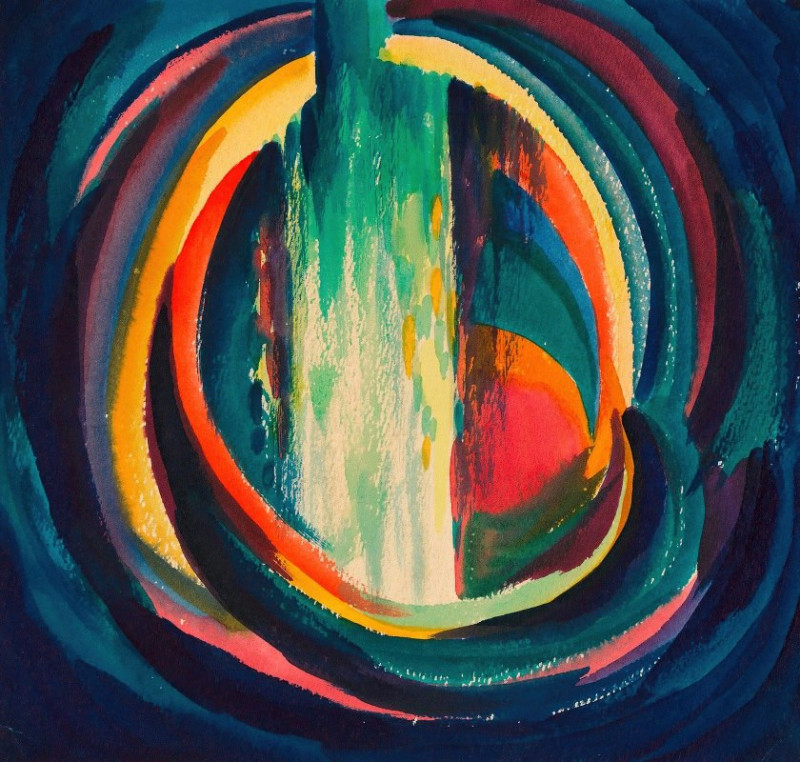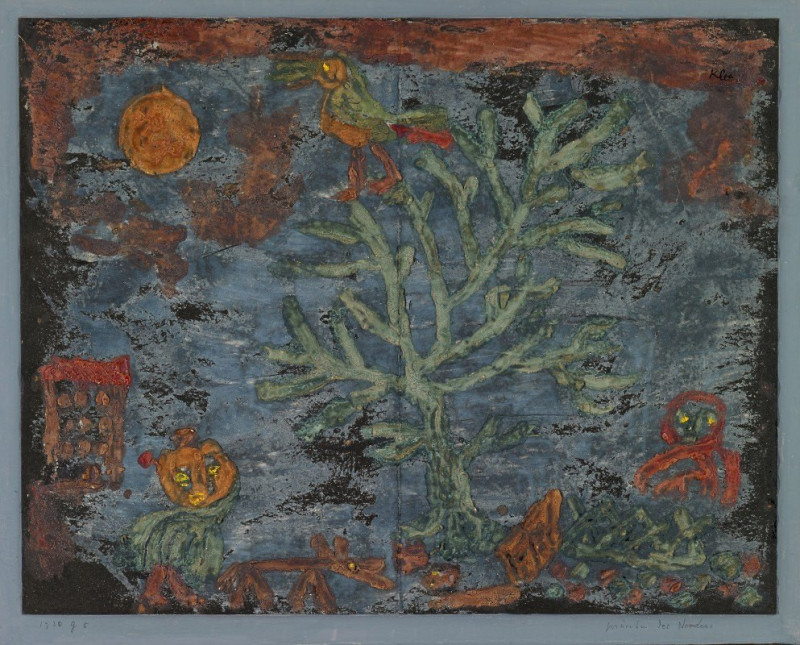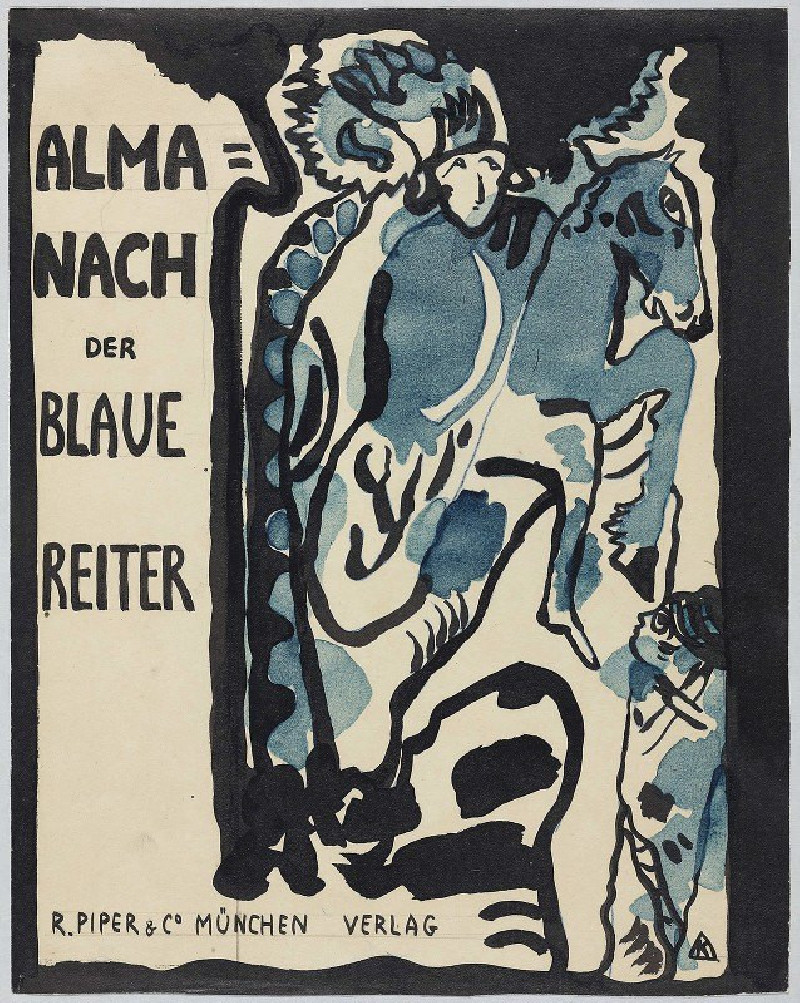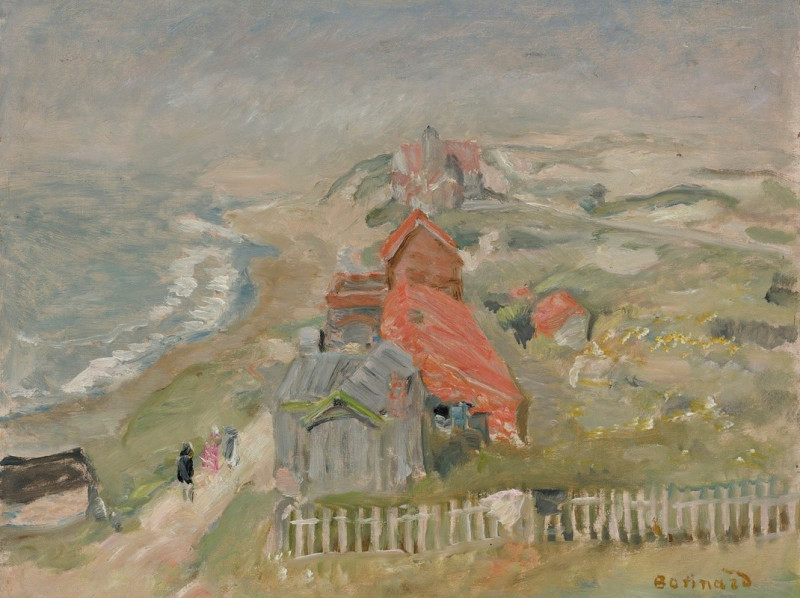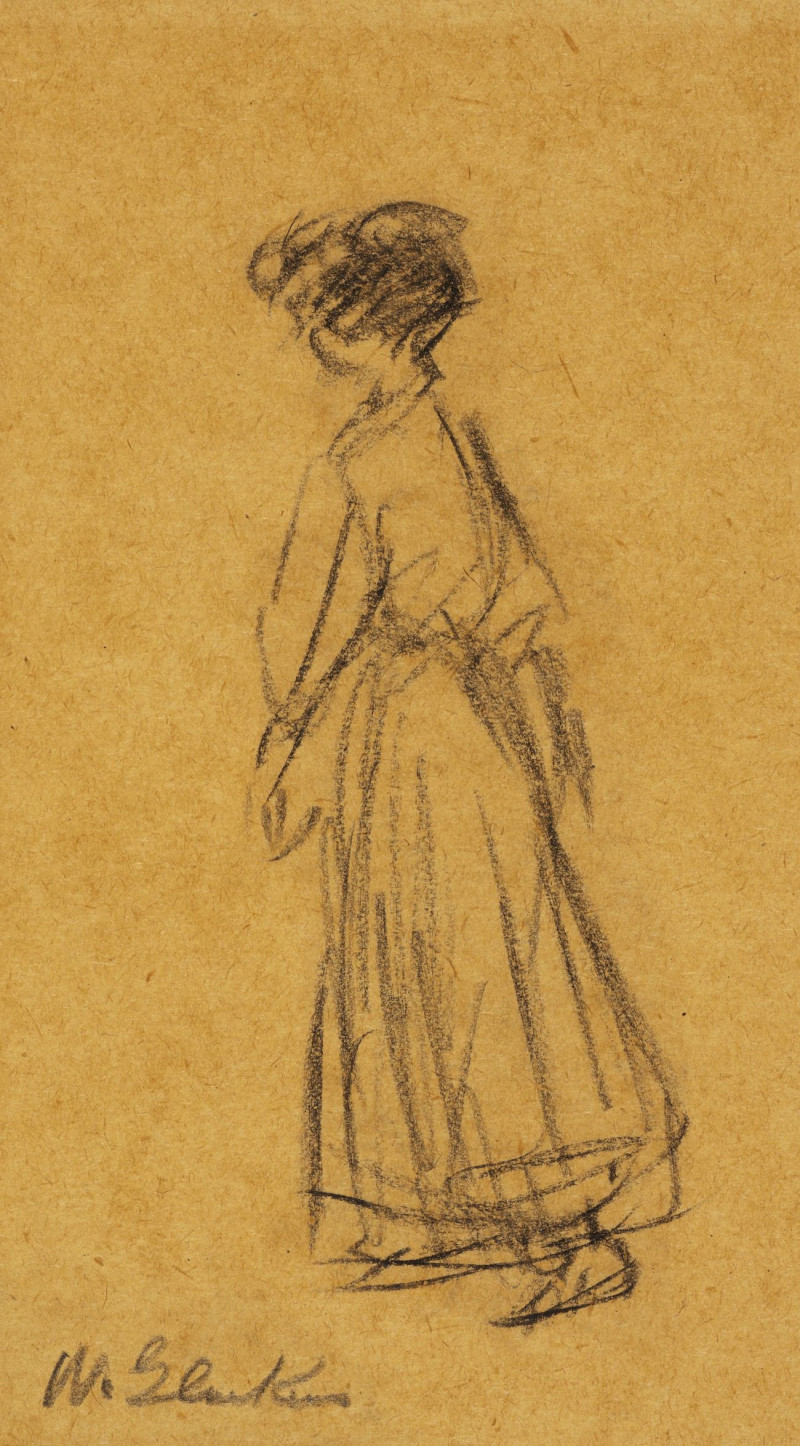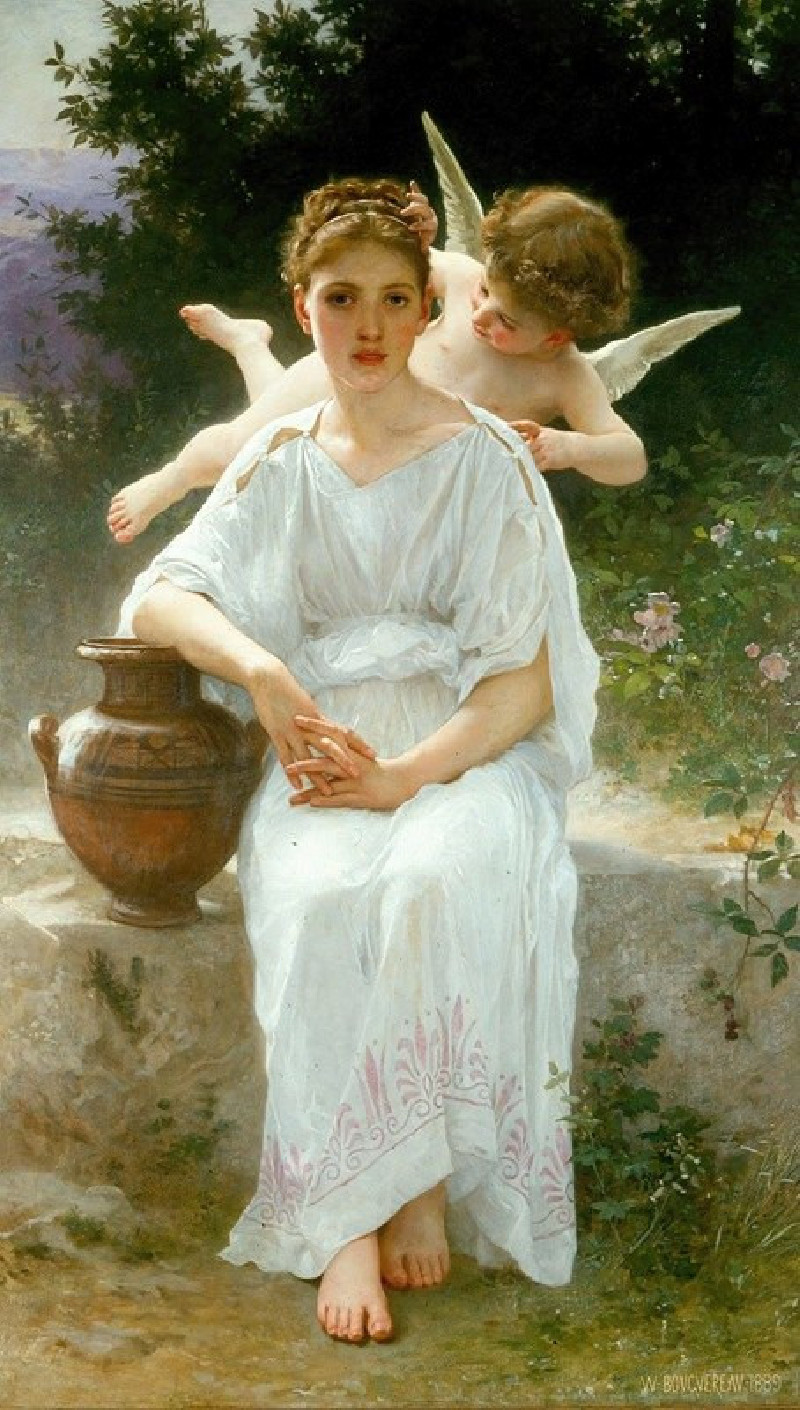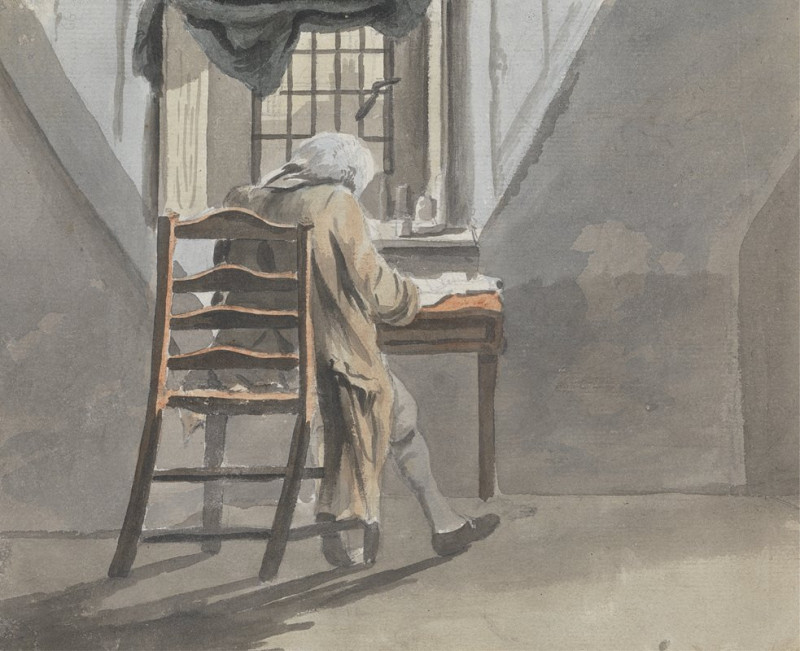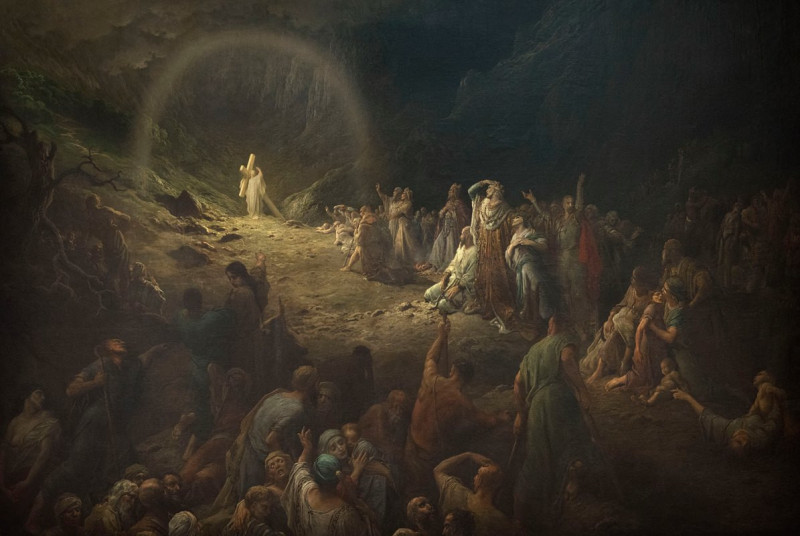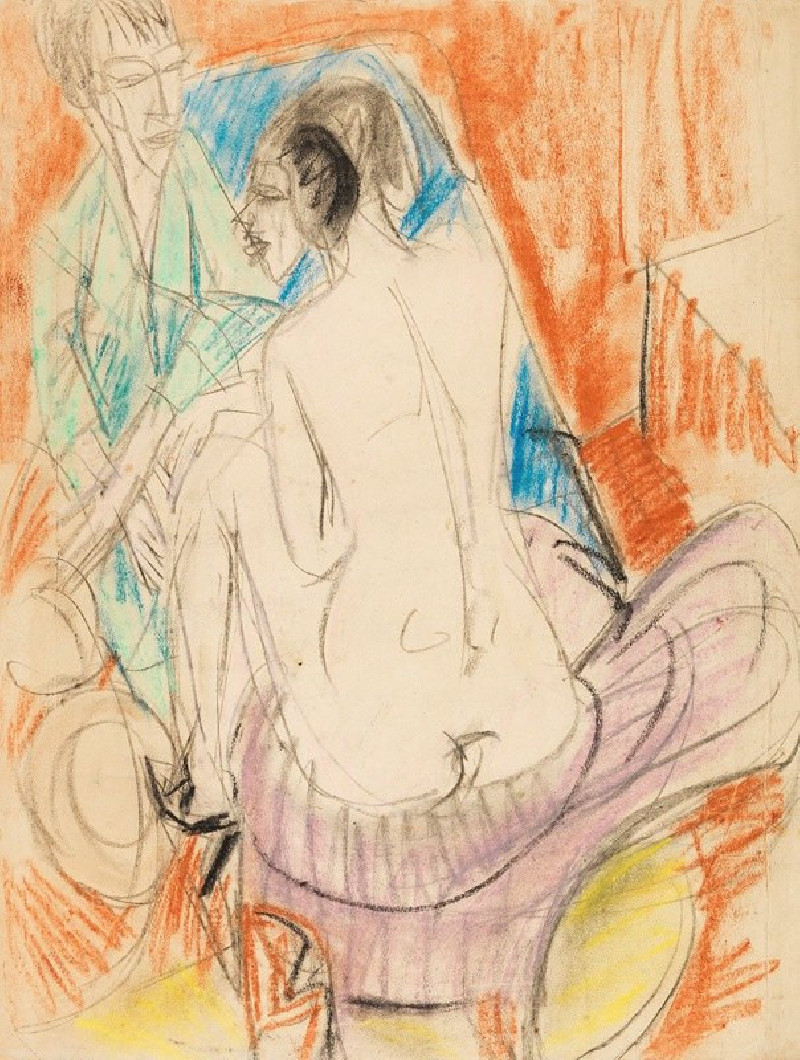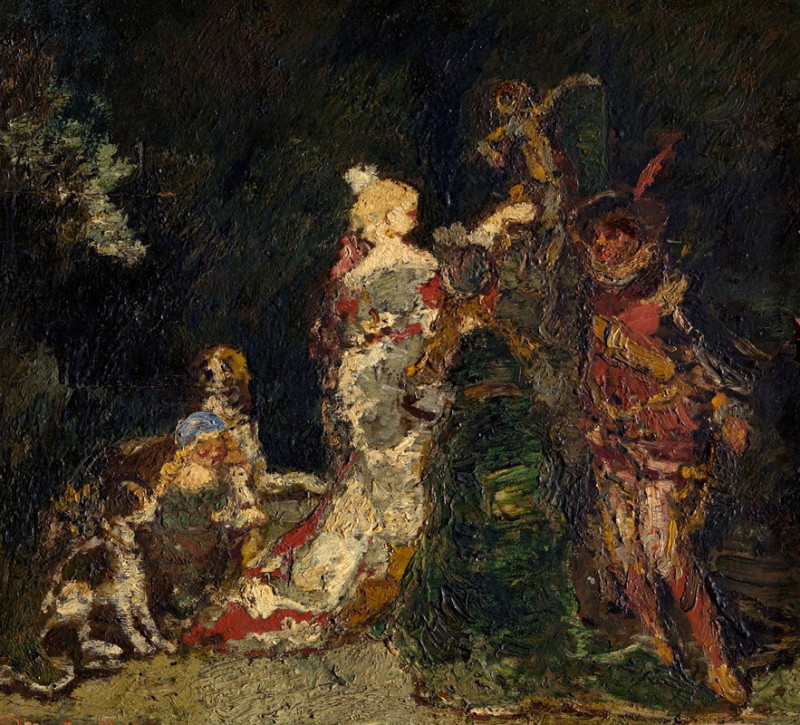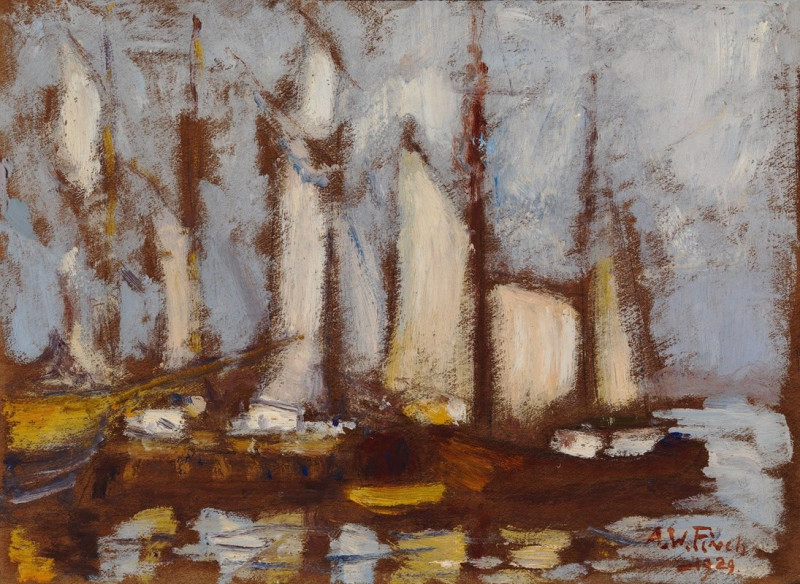Ohne Titel (around 1928)
Technique: Giclée quality print
Recommended by our customers
More about this artwork
"Untitled" (circa 1928) by Karl Wiener is a captivating example of abstract art that elicits a deep emotional response from its viewers. Within the dynamic swirls and vibrant hues of this painting, one can almost feel the movement and energy that the artist has infused into the canvas. The artwork features a mesmerizing array of colors applied in bold, sweeping brushstrokes that create a sense of whirlpool or vortex—drawing the viewer's gaze inward to the explosion of light and color at its center.Wiener's choice of colors ranges from deep blues and serene greens to fiery reds and luminous yellows, suggesting a spectrum of emotions and states of being. The interplay of light and shadow, along with the fluid forms and contours, enhances the painting's hypnotic quality, inviting the viewer to interpret it through their personal lens.This piece of art serves not only as a visual spectacle but also as a testament to the boundless possibilities of abstract expression. Karl Wiener's work in "Ohne Titel" encourages the exploration of the universal emotions tied to human consciousness and the natural world.

